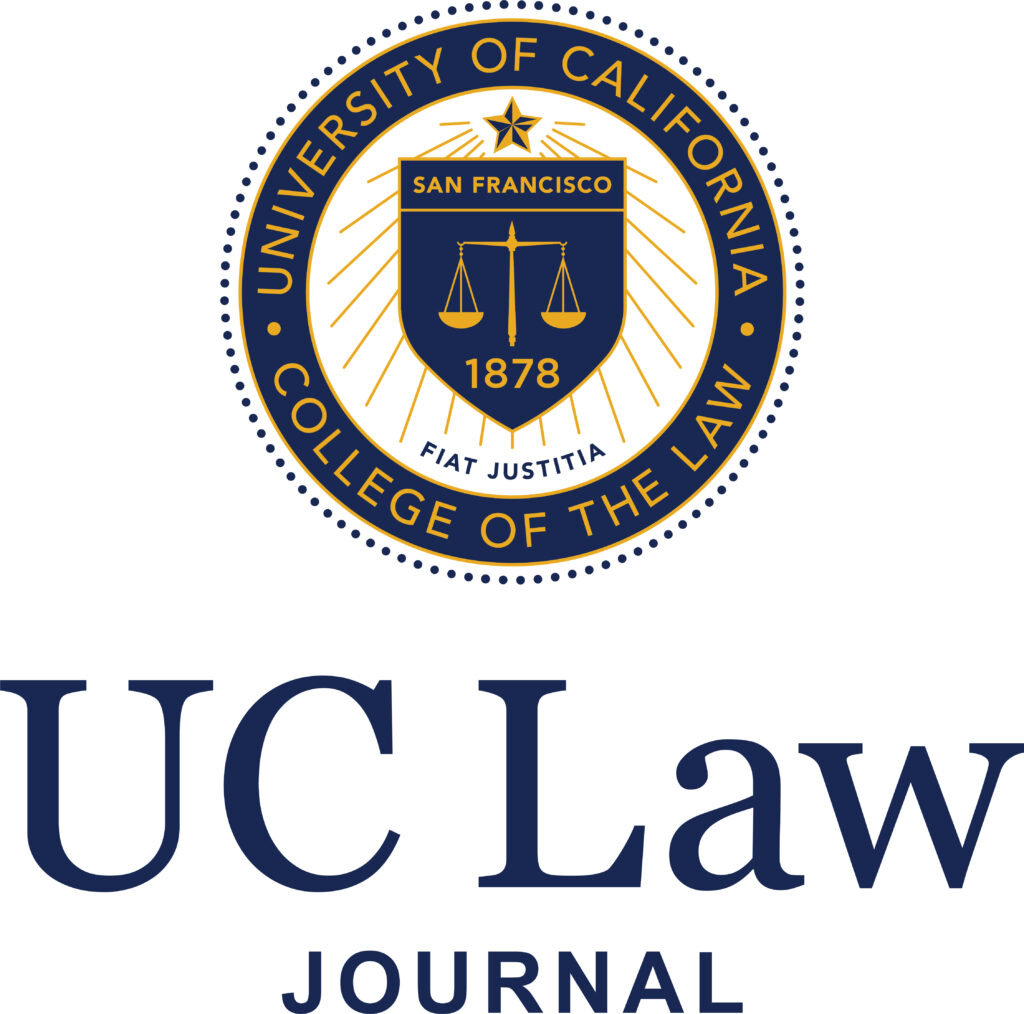Opinion Analysis: People v. Seumanu
Last year a federal district court judge ruled in Jones v. Chappell that the long delays from conviction to execution render California’s death penalty cruel and unusual punishment. An appeal of that ruling is now pending before the Ninth Circuit, with oral arguments scheduled for this coming Monday, August 31. In People v. Seumanu, the California Supreme Court was presented with the first so-called “Jones claim” in a California court—that is, a claim that long delays result in unconstitutionally arbitrary enforcement of capital punishment. (Id. at pp. 91-92.) In the 2001 case of People v. Anderson, the court had rejected a similar but distinct “Lackey claim” that long delays rendered the death penalty unconstitutional because of the psychological impact on defendants and the diminishment of any legitimate penological interest in the eventual execution. The Seumanu court noted, incidentally, that Justice Breyer’s dissent in the recent Glossip v. Gross (2015) decision has given a little hope to Lackey claimants.
How did Mr. Seumanu’s Jones claim fair? Not well. The court initially noted that the appellate record was insufficient to litigate such a claim, and that the U.S. Supreme Court has never held that arbitrariness in who actually gets executed, as opposed to who is sentenced to death, may violate the Eighth Amendment. (Seumanu at pp. 96-98.) But even considering the expanded record that was before the Jones court, and assuming such arbitrariness would be unconstitutional, the court still found that the claim failed. (Id. at pp. 97-100.) The court pointed to an absence of authority, by both the California Supreme Court and the Jones court, suggesting that “arbitrary” factors were responsible for the long delays or for why some capital cases take much longer than others. (Id. at pp. 100-102.) Borrowing on language from Anderson, the court said the long delays are “the product of a constitutional safeguard, not a constitutional defect, because they assure careful review of the defendant’s conviction and sentence.” (Id. at p. 100.) As for the variability in the length of time between sentence and execution, the record did not suggest this was attributable to anything other than “legitimate variances present in each individual case.” (Id. at p. 101.)
Based on Seumanu’s rationale, any future Jones claim in the California Supreme Court will likely need to be made by way of a habeas petition, and will need to show that the reasons for the delays are arbitrary, and not merely that the delays themselves result in random enforcement. Even assuming such a showing can be made, the defendant will still need to convince the court that arbitrariness in who gets executed, and not just who gets sentenced to die, presents a valid Eighth Amendment claim.
*This opinion analysis is a cross-post from David Andreasen’s blog, California Homicide Appeals Blog
- Opinion Analysis: People v. Seumanu - August 27, 2015
- Opinion Analysis: People v. Banks - July 14, 2015
- Review granted in People v. Buza – Whether California’s DNA collection law violates the U.S. or Cal. Constitution - March 6, 2015





